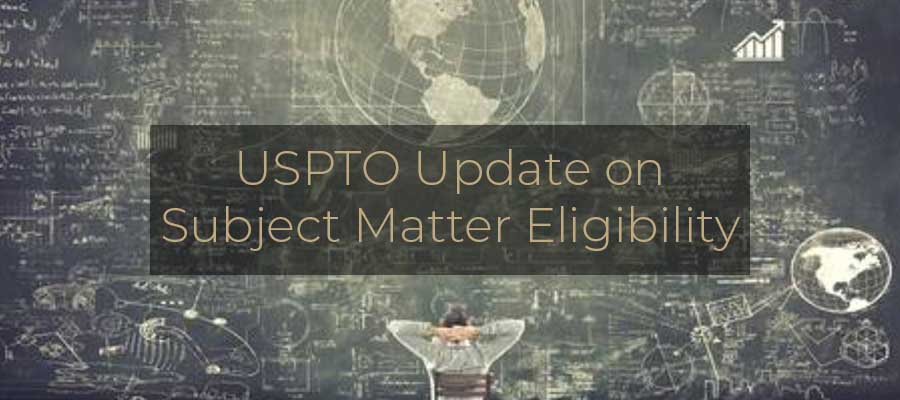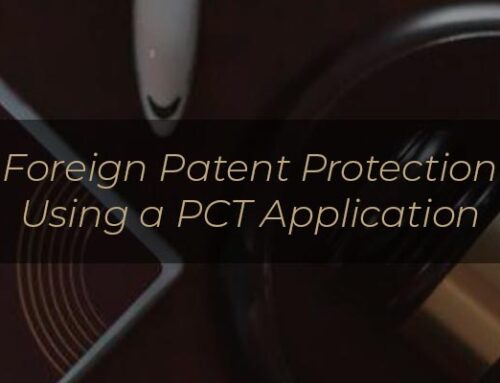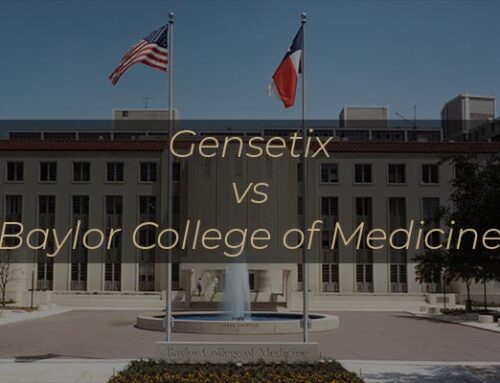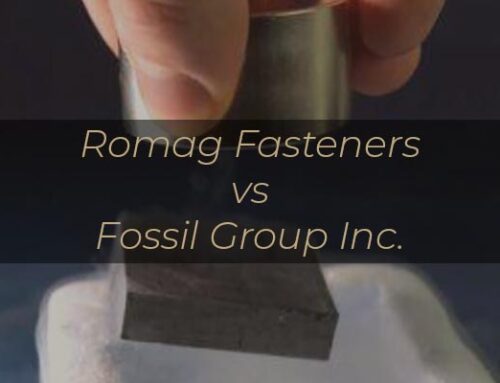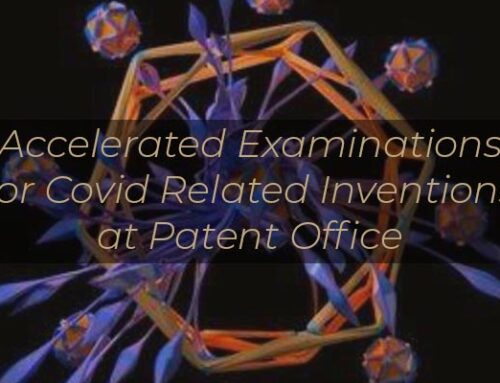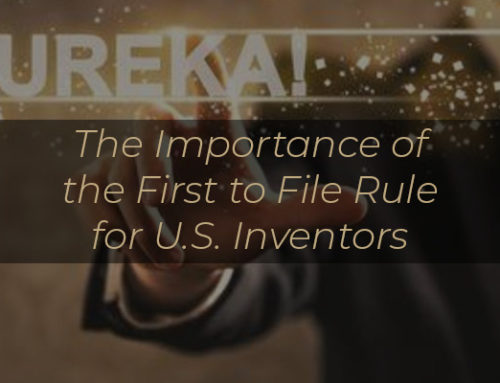The USPTO published an October 17, 2019 Update on Subject Matter Eligibility. The Update follows up on the Patent Eligibility Guidance (PEG) the USPTO published in January 2019. The Update uses further explanation and examples to focus on examination procedures, and states “all USPTO personnel are expected to follow the guidance.”
The Update includes five main topics:
(1) Evaluating whether a claim recites a judicial exception
- Determine whether claim sets forth or describes an abstract idea
- Determine whether claim sets forth or describes a product of nature
- Determine whether a claim sets forth or describes a law of nature or natural phenomenon
See examples 37-46 in PEG.
(2) Groupings of abstract ideas
- Mathematical concepts: includes mathematical relationships, mathematical formulas or equations and mathematical calculations- See examples 41, 43 and 45 in PEG.
- Methods of organizing human behavior: includes fundamental economic practices or principles, commercial or legal interactions, and managing personal behavior or relationships or interactions between people
- Mental processes: does not include a claim with limitations that cannot practically be performed in the human mind, but a claim that recites a computer may still recite a mental process- See examples 37-40 in PEG.
- Any claim asserted to be an abstract idea that does not fit into one of the groupings must receive TC director approval and office action must have TC director signature
(3) Whether a judicial exception is integrated into a practical application
- Ask whether claim recites additional elements that integrate the judicial exception into a practical application
- Additional limitations reflect an improvement in the functioning of a computer, or an improvement to another technology or technical field
- Additional limitations recite a particular treatment or prophylaxis, implementing with a particular machine, etc.
- During examination, examiner should evaluate “improvements” by looking at the specification to ensure that a technical explanation of the asserted improvement is present, and that the claim reflects the asserted improvement
(4) Establishing a prima facie case of ineligibility
- Identify the claim limitations that recite an abstract idea and identify its grouping
- Identify additional claim elements beyond the abstract idea and evaluate the integration of the abstract idea into a practical application
- Explain why additional elements, taken individually and in combination, do not result in the claim amounting to significantly more than the exception
(5) Application of the 2019 PEG in the examining corps
- Appendix 2 provides comprehensive list of examples with consolidated information on each example including the type of judicial exception involved, and the considerations involved in evaluating each example
- Examiner training is ongoing

